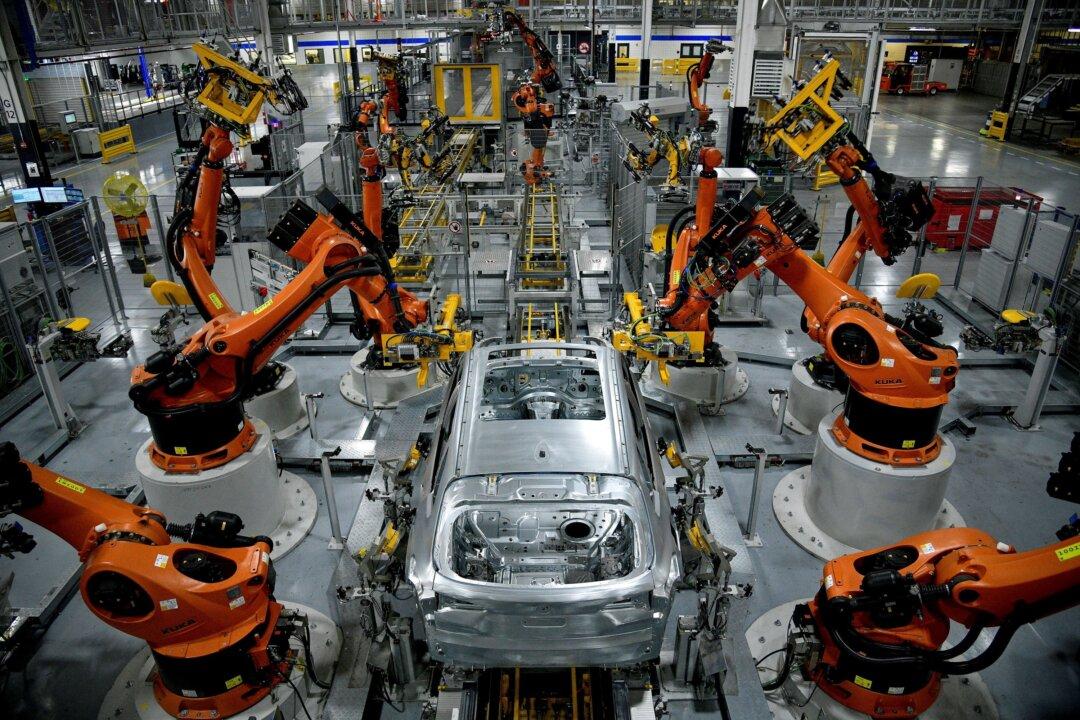WASHINGTON—Production at U.S. factories fell by the most in seven months in September as an ongoing global shortage of semiconductors depressed motor vehicle output, further evidence that supply constraints were hampering economic growth.
Manufacturing production last month was also depressed by the lingering effects of Hurricane Ida, which also severely disrupted output at mines. The report from the Federal Reserve on Monday followed on the heels of data last week showing a solid rise in inflation in September. Though retail sales rose last month, that reflected higher prices for motor vehicles.





